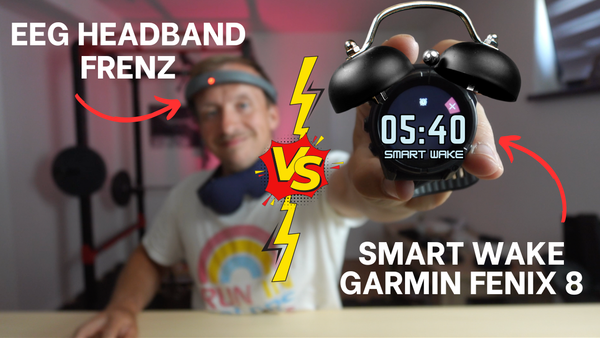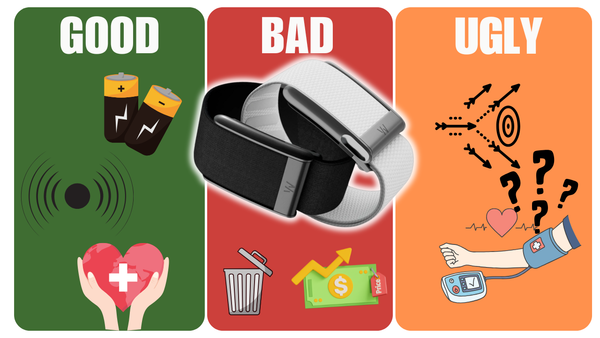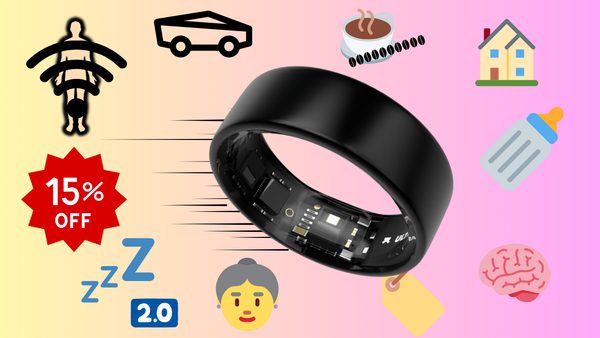Do cannabinoids improve sleep? Sleep test!
Cannabinoids (especially CBD) hit the market in a big way in 2017–2018 and are still riding a very good marketing wave. For this statement…
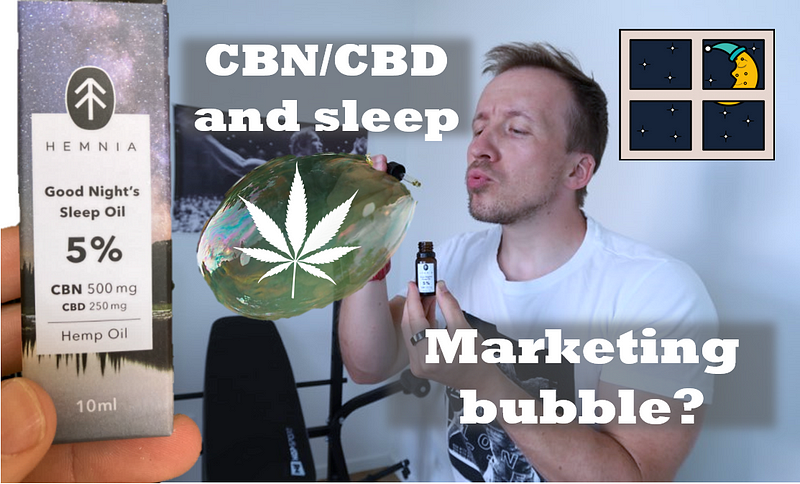
Cannabinoids (especially CBD) hit the market in a big way in 2017–2018 and are still riding a very good marketing wave. For this statement, I use Google trends, see below, with the terms CBD and THC.
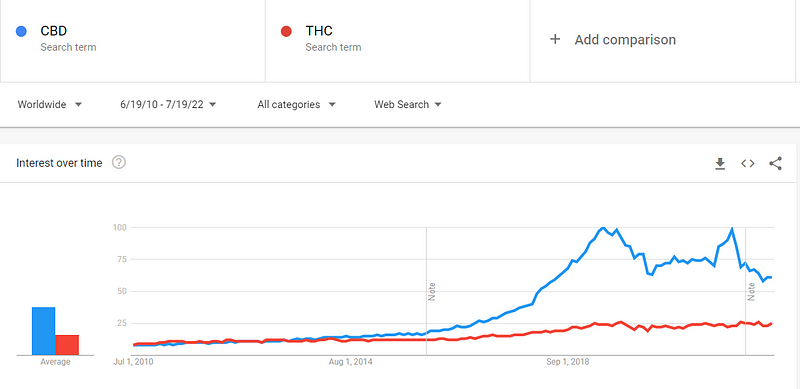
Like most “too cool things”, cannabis products left me cold for a long time, until recently, when I had the opportunity to test Hemnia Good Night’s sleep and I thought I would take this chance as scientifically as I could. I was (and still am) under the impression that cannabinoids are overrated with magical healing effects for cancer, depression, and even erectile dysfunction.
There are many cannabinoids (up to 150 chemical compounds), among the best known are the aforementioned THC, CBD, and CBN, but also CBG, CBDV, CBC, etc.
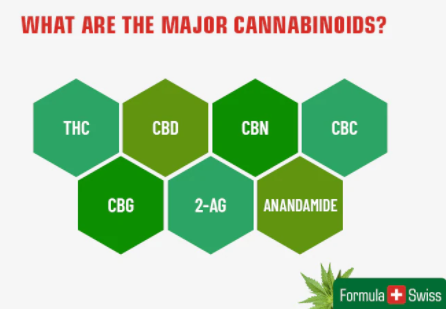
We also know a wide range of how to take cannabinoids, for example, inhalation, oils, creams, gummies, tinctures, snacks, and others.
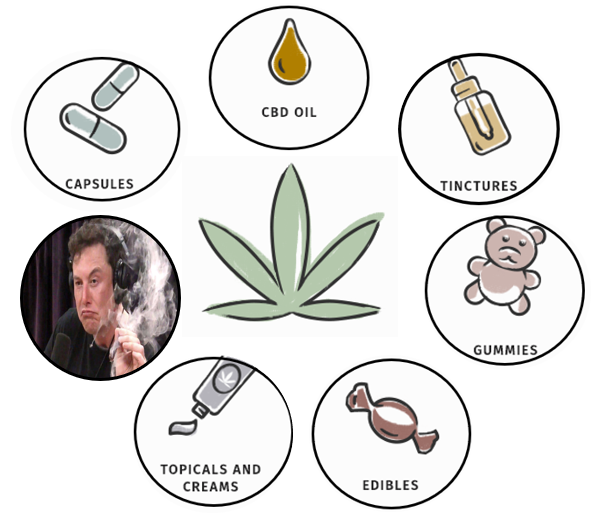
Firstly I went through many studies and meta-analyses currently available (links below) and came to the (unscientific) conclusion that “there is something to it, but we don’t have enough valid data and studies yet”.
So marketing bubble or not?
Perfect time to answer the question via testing it on me. Although my sleep routine is pretty well mastered concerning the biggest sleep detractors (light, stress, caffeine, alcohol, food, sleep timing, activities, etc.), there is still some risk of interference given that I have young children.
So I allocated two weeks when I attempted to stick to the same sleep routine, with the first week being chosen as BASELINE, i.e. what we’ll be comparing the second week to (when I was actually taking Hemnia oil. A weekly baseline isn’t much, but I see it as a basic step to provide some data to interpret and possibly open the door to further testing.
If you are testing something on yourself, you can rely primarily on your subjective feeling, which is often very difficult to evaluate due to the placebo effect and its relevance has a huge question mark. But in today’s world of more advanced technology, you can also rely on so-called wearables, i.e. wearable electronics that can monitor and measure a wide range of health parameters. The key parameters I was going to measure were HRV (Heart Rate Variability), Resting heart rate, sleep phases, and generally Sleep efficiency (how much time spent on sleep you actually sleep).
I currently have the Oura 3 “sleep” ring. However, I still don’t trust it as much on principle with regard to determining sleep phases, and the promised 84% phase success rate (compared to the polysomnograph) still hasn’t been released into production. Therefore, I have relied on measurements via the Dreem2 EEG headband in this area (which provides better data in principle due to its brain wave measurements).
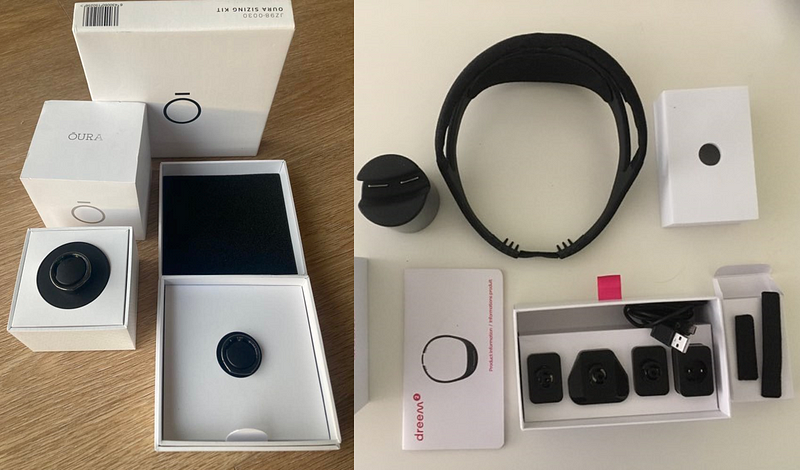
The very first night (of the second test week) I was literally delighted, I applied an estimated 2 drops of 5% oil and went to bed… and all of a sudden I was sinking lower and lower into sleep and it was a very pleasant feeling. This was unfortunately not repeated in the following days, but I still felt that my sleep was somehow deeper. Let’s leave impressions aside and look at some hard data.
From a technical point of view, I downloaded both weeks’ data from Oura via the cloud interface, using the “CBD” tag for highlights, and also extracted the .csv data from Dreem device. Then I ran both sources through Excel, averaged the values, and created a graphic table with values showing the difference between weeks.
The data is really impressive from my perspective. In all relevant “sleep” categories, there was a positive change in the second week when I was “taking” so to speak.
In a nutshell, HRV, a sort of showcase of the autonomic nervous system, went up 13%. Resting heart rate, an indicator of how rested the body is (the lower the better, the body is not struggling with anything and has a restful regenerative sleep), went down 8%. Sleep efficiency improved by 2 %, REM and deep sleep increased by 5 % and 4 % respectively.
An interesting metric was the change in sleep positions, which dropped by 29 % in the second week, corresponding with deeper sleep.
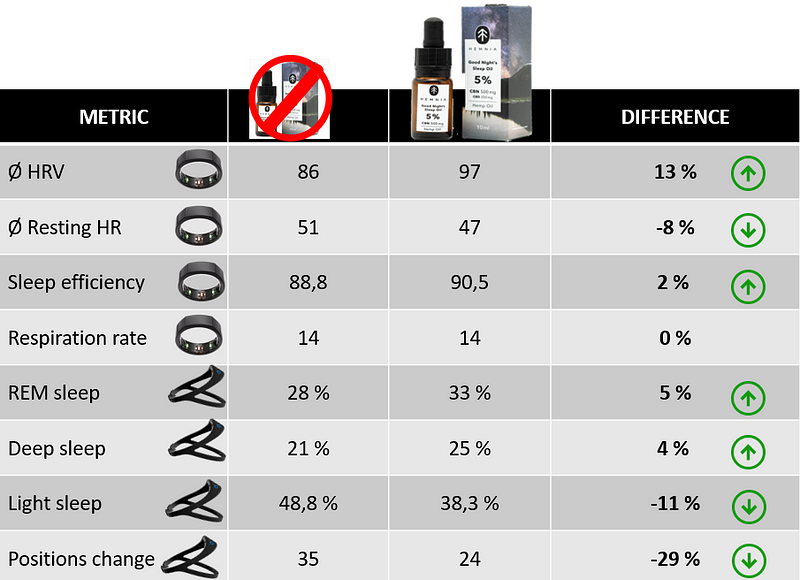
So I got the impression that the product really works, which is clearly supported by the measured data. I did not notice any negative effects of its use and I actually found the specific bitterness to my taste.
Nor is it uninteresting that similar results to those I achieved with Hemnia oil have been published within the anonymized Whoop bracelet data, generally by the community-reported use of “CBD”, see below:
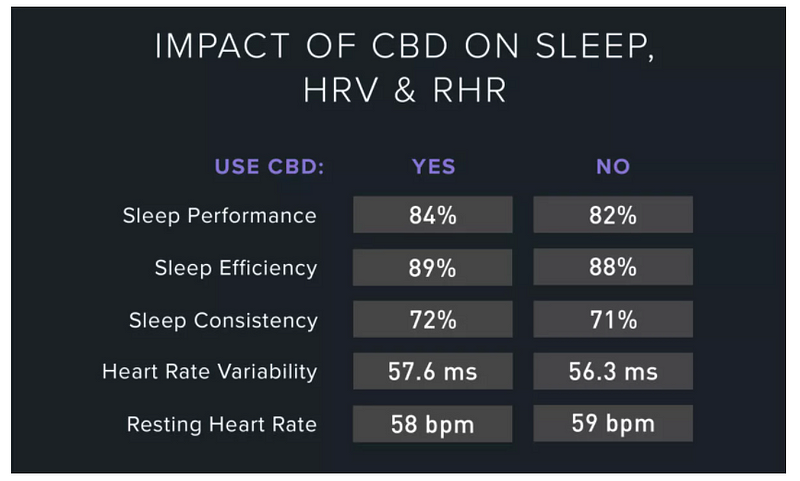
But if you, as a stoner, are now celebrating over your joint, then slow down, this data has been published from the same source (Whoop) claiming that marijuana itself (and thus presumably THC in particular) will disrupt your sleep rather than promote it:
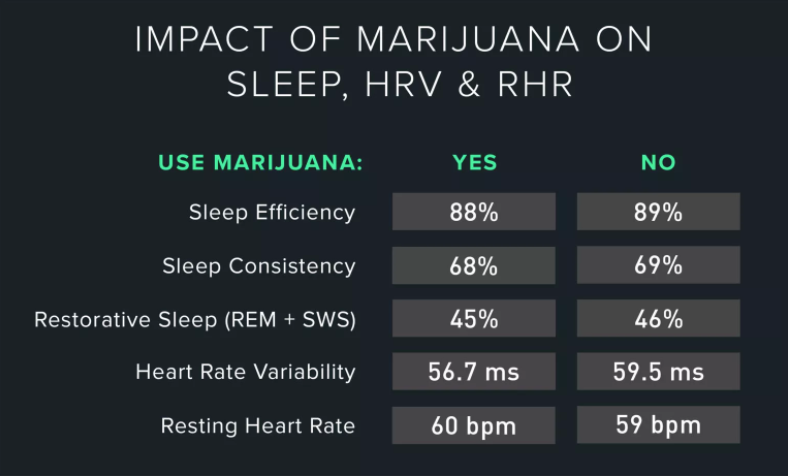
But the reason may also be synergistic as marijuana is often consumed with alcohol, or one loses the inhibitions to overeat, etc. (not from my experience, of course!)
Coming back to Hemnia Good Night’s sleep, it is a product that after my own test I can recommend as an experimental product to promote sleep and therefore optimize the readiness of our body for the next day.
I like it when a company that produces something and tries to solve some problem (in this case, optimizing health, sleep) also provides something more, such as some kind of educational effort — for example, in the form of a blog. I’m also positive about their customer care and the quality of their answers to chat questions.
Resources and studies
https://link.springer.com/article/10.1007/s40263-020-00773-x
https://pubmed.ncbi.nlm.nih.gov/32603954/
https://link.springer.com/article/10.1007/s13311-021-01013-w#Sec20
https://pubmed.ncbi.nlm.nih.gov/30624194/
P.S. Some links are affiliate. If you’re considering spinning the wheels of the economy and doing it through my link, it will be a welcome balancing of energy in the universe.

